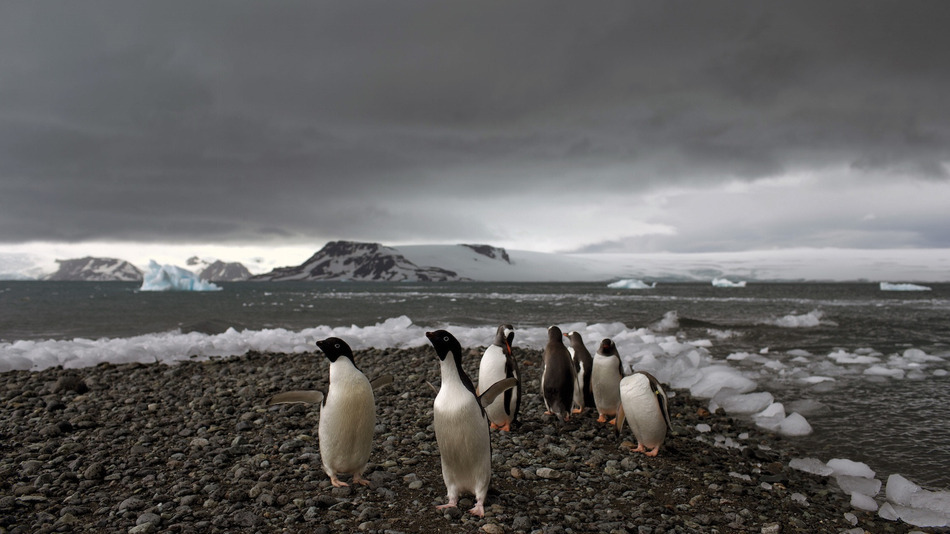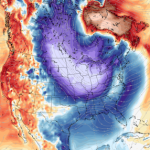Antarctica May Have Just Set Its Highest Temperature On Record

Source: Mashable, written by Andrew Freedman
Antarctica, Earth's coldest, most barren continent, may have just set a remarkably unusual weather record. An Argentinian research station on the rapidly warming Antarctic Peninsula recorded a high temperature of 63.5 degrees Fahrenheit (17.5 degrees Celsius) on March 24, according to reports from Weather Underground.
If this is investigated and verified by the World Meteorological Organization (WMO), it could become the highest temperature on record for the entire continent of Antarctica.
The warmth at the Esperanza research station came one day after a nearly identical high temperature was logged at another Argentinean base, known as Base Marambio, also located along the Antarctic Peninsula. Interestingly, the mild conditions occurred during the Antarctic fall, not the height of summer.

Temperature anomalies in Antarctica on March 24, 2015.
Both of these readings are the warmest temperatures on record for those locations, and as weather historian Christopher Burt writes at Weather Underground, the Esperanza high temperature exceeds any high temperature reading on either the Peninsula or the Antarctic landmass in general. Data at Esperanza extends back to 1945.
The WMO in Geneva, which is the official arbiter of global temperature records, maintains that the all-time warmest temperature in Antarctica was 59 degrees Fahrenheit, set at the Vanda Station on Jan. 5, 1974.
For the high temperature to be classified as a record for the icy continent of Antarctica, the WMO would have to verify that the equipment was working properly at the time, which is a process that could take months, if not longer, and consider other criteria, such as the definition of continental Antarctica itself.
"Although this is the warmest temperature ever measured since weather stations became established on the southern continent, it is complicated by what the very definition of ‘Antarctica’ is," Burt reports.
For example, the WMO could choose to determine that only observations south of the Antarctic Circle can be considered for Antarctic temperature records, which would leave out the Esperanza reading, despite the fact that it is connected to areas that are south of the circle.
If the WMO were to use only the landmass of Antarctica, however, the Esperanza temperature would likely stand as the warmest yet recorded.
The Antarctic Peninsula is the most rapidly warming part of Antarctica, with increasing land and ocean temperatures and melting glaciers observed in recent decades. Average temperatures there are increasing at about twice the global average rate, studies show.
More broadly, the Antarctic ice sheet is proving to be far more dynamic than scientists thought was the case just two decades ago. A study published on Thursday, for example, found that the loss rate of Antarctic ice shelves, which play a crucial roll in buttressing inland glaciers and preventing them from sliding quickly into the sea, has accelerated by 70% in just the past decade.
This may mean that climate scientists will need to raise their global sea level rise projections. Such projections also take into account ice loss from the Greenland ice sheet, where temperatures are also increasing rapidly.
As Washington Post's Jason Samenow reports, Greenland set an all-time high temperature record of its own on July 30, 2013, when the temperature at Maniitsoq reached 78.6 degrees Fahrenheit.
Source: Mashable, written by Andrew Freedman











































































































































Leave a Reply